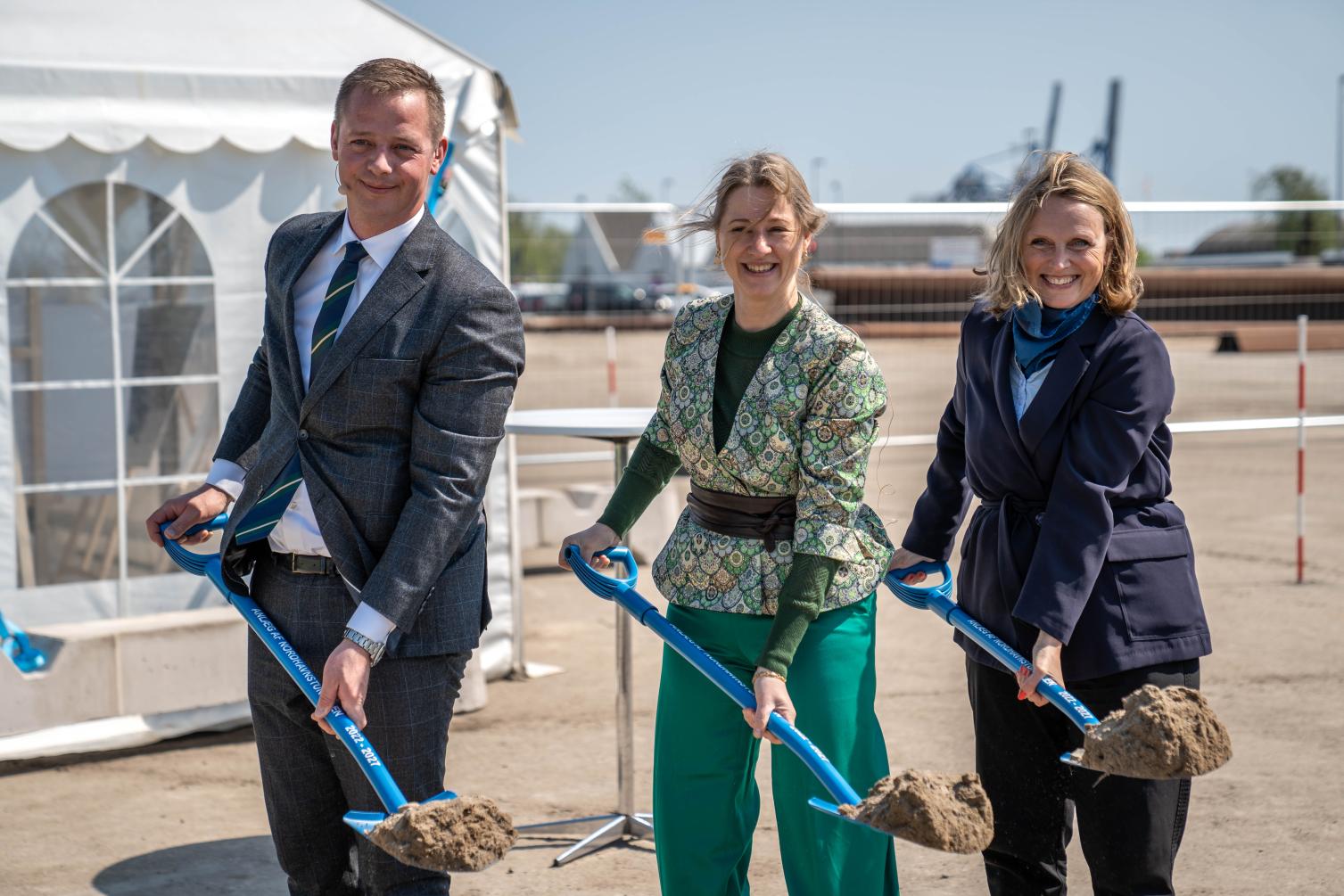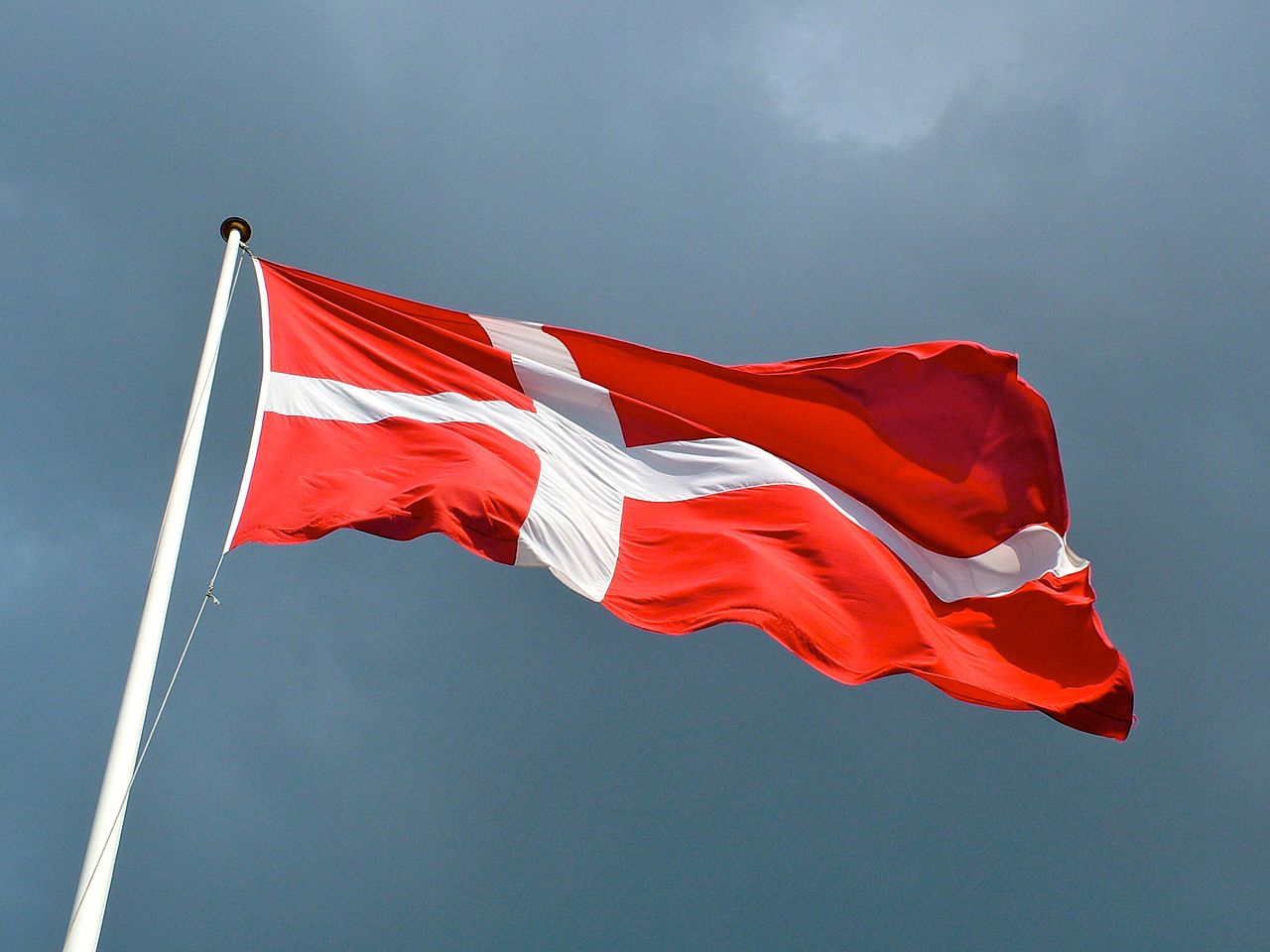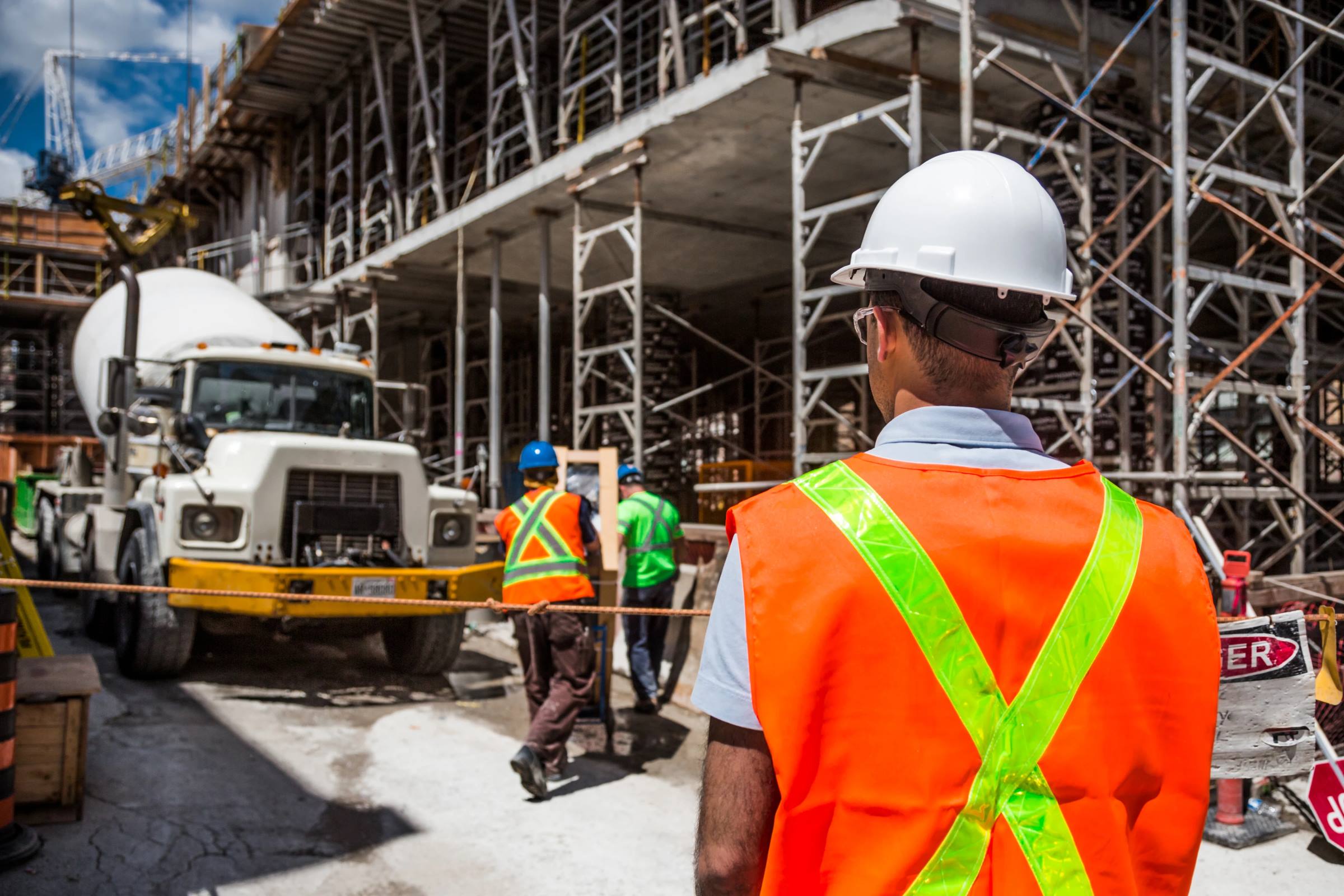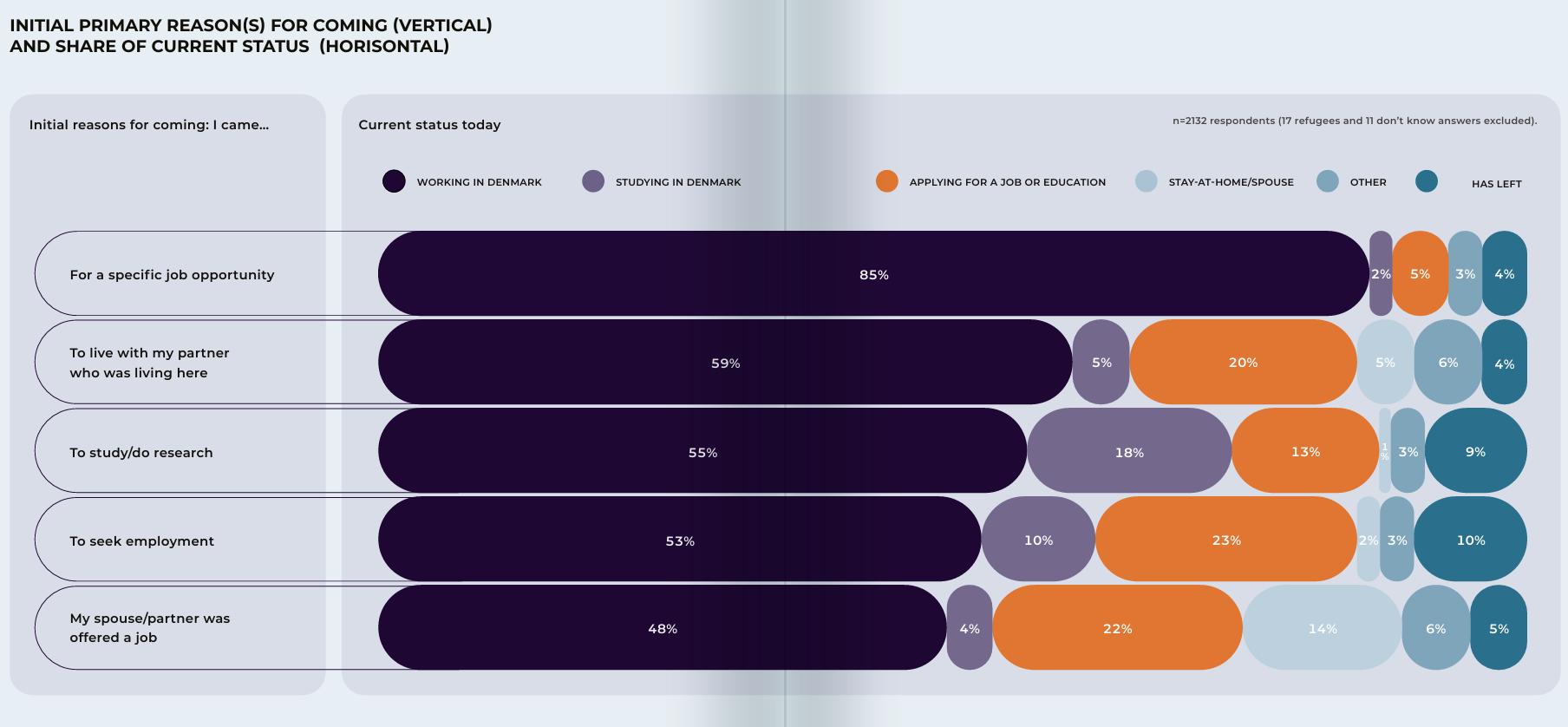It’s safe to say that Copenhagen district Nordhavn has undergone significant development in recent years.
And with even more development plans fluttering on the horizon, it’s imperative to have the required infrastructure in place.
One key component of doing so is the addition of the Nordhavn Tunnel, which will link the end of the Helsingør Motorway to the district of Nordhavn.
Construction of the tunnel commenced yesterday, with Copenhagen Mayor Sophie Hæstorp Andersen at hand for the groundbreaking along with the transport minister, Thomas Danielsen, and Anne Skov, the head of city developer By & Havn.
“The Nordhavn Tunnel will be a massive boon for Copenhageners and the development of Nordhavn as an even greater city district with thousands of residents and workplaces,” said Andersen.
“It will link the new district with the rest of the city and reduce much of the heavy traffic on the streets of Østerbro.”
READ ALSO: Billion kroner project could send cars underground in Copenhagen
Completed in 2027
Andersen added that the tunnel will also pave the way for the forthcoming Østlig Ringvej Road, which will aim to reduce congestion and air pollution in the city centre.
Once completed, the 1.4km link will begin at the Nordhavnsvej exit, travel under Svanemølle Bay and re-emerge again on Kattegatvej (see image below).
READ ALSO: Copenhagen to get new district on massive artificial island
There is a possibility that the city could further extend the tunnel to reach across to Amager and thus divert a significant portion of traffic away from the city centre.
That link could eventually include the planned ‘Lynetteholmen’ artificial island, and construction is set to start in 2035.
The 3.4 billion kroner Nordhavn Tunnel project is scheduled to be completed by the end of 2027.












